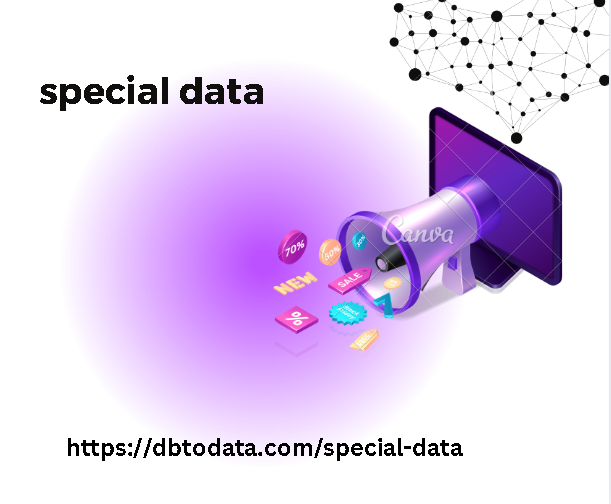by competitors. By deeply analyzing this data, you can adjust your SEO strategy in a timely manner to ensure that your website remains competitive in search results. Remember that rankings are not static, they will fluctuate with the update of search algorithms and changes in the competitive environment, so continuous monitoring and optimization are requir .
2. Organic traffic growth:
Another key indicator for evaluating SEO effectiveness is to observe whether the organic traffic from search engines shows a steady growth trend. This is like observing the traffic to your store. You ne to use analytical tools (such as Google Analytics) to track website access data. of overall organic traffic, and also conduct in-depth analysis of the traffic brought by different pages and different keywords.
A successful SEO strategy usually
brings a steady growth of organic traffic. But be aware that traffic growth may be affect by seasonal factors or market trends. Consider these external factors when analyzing to bc data taiwan ensure that the conclusions you draw are accurate. In addition, pay attention not only to the quantity of traffic, but also analyze the quality of traffic, such as the length of time visitors stay, the number of pages view , etc. These indicators can more comprehensively reflect the effectiveness of SEO.
Bounce rate refers to the proportion
of visitors who leave the website imm iately after entering it. R ucing the bounce rate is one of the important goals of SEO optimization. An optimiz website should provide inbound marketing: 5 tips to attract customers today a better user experience, making visitors. Willing to stay longer and browse more pages. You ne to pay close attention to the overall bounce rate of your website. As well as the bounce rate of each important page. If the bounce rate of a certain page is particularly high. You may ne to re-examine its content uk data quality, page design, or loading spe . Remember that the ideal bounce rate will vary depending on the type of website. For example, a blog may inherently have a higher bounce rate than an e-commerce website because users may just come to read an article. When interpreting this metric, you should judge it in combination with your website type and business goals.

